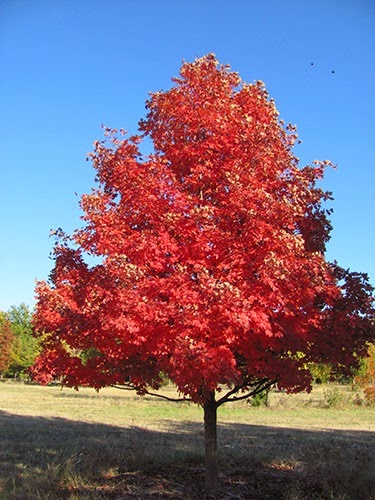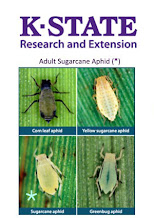Cow Herd Management for the Months of January and February!
Sandra L. Wick, Crop Production Agent
It soon will
be time to turn the calendar to 2020 so it might be a great time to check your
“to do” lists for your cow herd. It
seems like with the hustle and bustle of the holiday season, things get put on
the “back burner” until it is right upon us!
Below are a few things to remember and to put on your “to do” list for
2020!
- Historically, cull cow prices have increased during the next two or three months. Check your break-even.
- Continue feeding or grazing programs started in early winter. Weather conditions may require wrapping up grain sorghum and cornstalk field grazing. Severe winter weather may begin to limit crop residue utilization, so be prepared to move to other grazing and feeding systems.
- Supplement to achieve the ideal BCS or Body Condition Score at calving.
- Knowing your cost per pound for your protein source will definitely help your “bottom line”. The following is a formula to compare the basis of cost per lb. of crude protein (CP): Cost of supplement, $ per hundredweight (cwt.) ÷ (100 X % CP) = cost per lb. of CP.
- The energy source for your cow herd is another important component especially if temperatures and wind chills fall. Here is a formula to compare energy sources on basis of cost per lb. of TDN: Cost, $ per ton ÷ [2,000 X % dry matter (DM) X % TDN in DM] = cost per lb. of TDN.
- External parasites could increase feed costs so control lice in your cow herd.
- Provide an adequate water supply. Depending on body size and stage of production, cattle need 5-11 gallons (gal.) of water per head per day, even in the coldest weather.
- Sort cows into management groups. BCS (Body Condition Score) and age can be used as sorting criteria. If you must mix age groups, put thin and young cows together, and feed separately from the mature, properly conditioned cows.
- Use information from forage testing to divide forage supplies into quality lots. Higher-quality feedstuffs should be utilized for replacement females, younger cows, and thin cows that may lack condition and that may be more nutritionally stressed.
- Maintaining herd health is essential in your management chore list. Consult your veterinarian regarding pre- and post-partum vaccination schedules.
- Don’t forget your mineral supplementation for your cow herd. Vitamin A should be supplemented if cows are not grazing green forage.

- January and February seem to be the opportunity for educational programs, so plan to attend local, state, and regional educational and industry meetings. Go to our Post Rock Extension District website at www.postrock.ksu.edu for all of our events and activities.
- Replacement heifers are another important component of your cow herd. Weigh them now to calculate necessary average daily gain (ADG) to achieve target breeding weights. Target the heifers to weigh about 60%-65% of their mature weight by the start of the breeding season. Thin, lightweight heifers may need extra feed for 60-80 days to “flush” before breeding.
- Bull calves to be fed out and sold in the spring as yearlings should be well onto feed. Ultrasound measurements should be taken around one year of age and provided to your breed association.
- Winter can be brutal and very unpredictable so it is important to provide some protection, such as a windbreak, during severe winter weather to reduce energy requirements. The LCT (Lower Critical Temperature) is the temperature at which a cow requires additional energy to simply maintain her current body weight and condition. The LCT for cattle varies with hair coat and body condition. Increase the amount of dietary energy provided 1% for each degree (including wind chill) below the LCT. At this time, with a heavy winter coat, the LCT is about 18-20 degrees F.

If you have further questions on managing your cow herd, contact me at
any Post Rock Extension District Office in Beloit, Lincoln, Mankato, Osborne or
Smith Center.
Have a very Merry Christmas and a Happy New Year!









